We've covered the most expensive photos in history and the most expensive photographer's salaries too, but we've never covered the times that a photo changed history. Learn more about history of photography on our website PhotographyTalk.com.
We're about to.
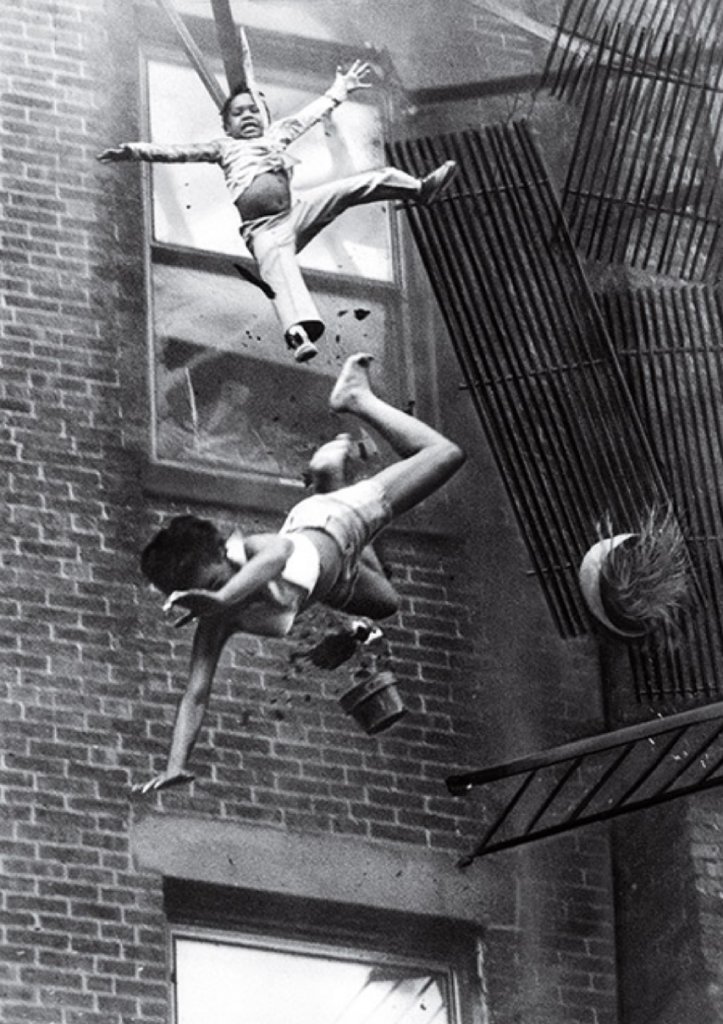
Table of Contents
- 1.The Loch Ness Monster (1934)
- 2. Kent State Shooting (1970)
- 3. Black Power Salute (1968)
- 4. Cotton Mill Girl (1908)
- 5. Fetus, 18 Weeks (1965)
- 6. The Hand of Mrs. Wilhelm Rontgen (1895)
- 7. Windblown Jackie (1971)
- 8. Fire Escape Collapse (1975)
- 9. Winston Churchill (1941)
- 10. Blind Beggar (1916)
1. The Loch Ness Monster (1934)
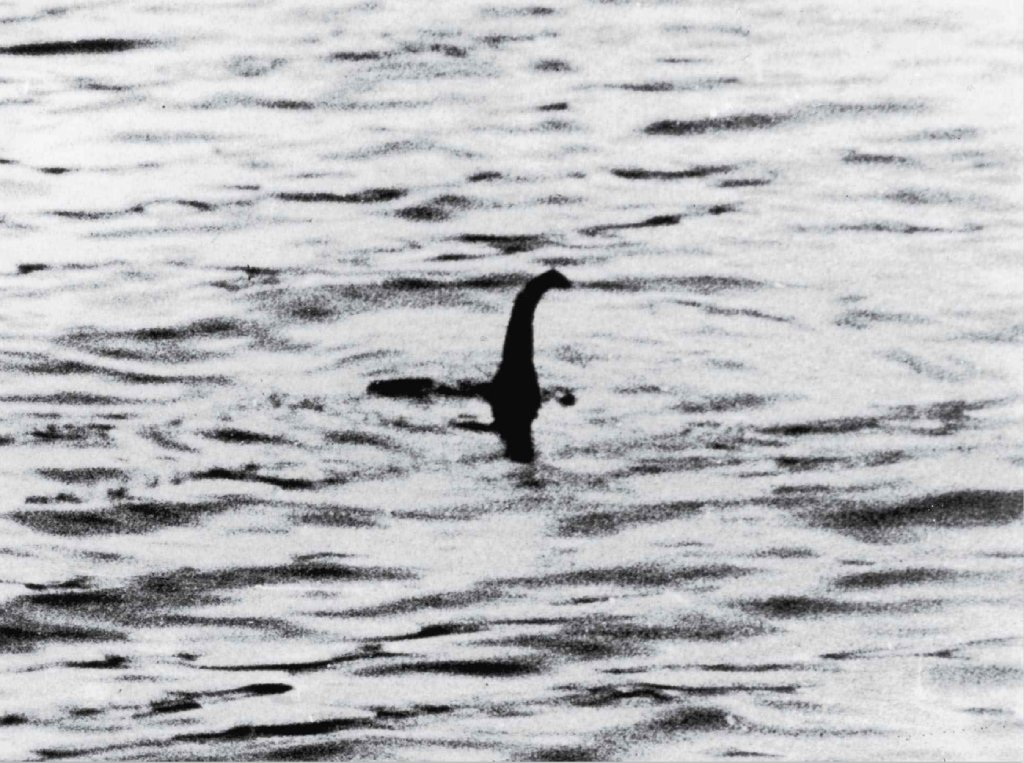
Photo by unknown photographer
While alleged spottings of the Loch Ness Monster have been happening since the Life of St. Columba was published in 565, Nessie remained a rumor in Scotland until the first supposed photo of her was published by the Daily Mail in 1934.
The country was in uproar. The Secretary of State for Scotland ordered the police to prevent any attacks on the beloved monster. For the next 6 decades, it was believed more or less, that something lived in the Loch Ness. You can also view the post about when was the camera invented.
The story was essentially debunked in 1994, but that isn't where this story ends.
This original photo of the Loch Ness monster continues to inspire conspiracy theorists the world over. One man gave up his job, house and girlfriend to spend over 2 decades of his life searching for the monster.
But the impact of this Loch Ness monster photo is also economic. The head of Loch Ness Monster Marketing (yes, it's a thing) estimated a few years ago that Nessie is worth about $33 million.
2. Kent State Shooting (1970)
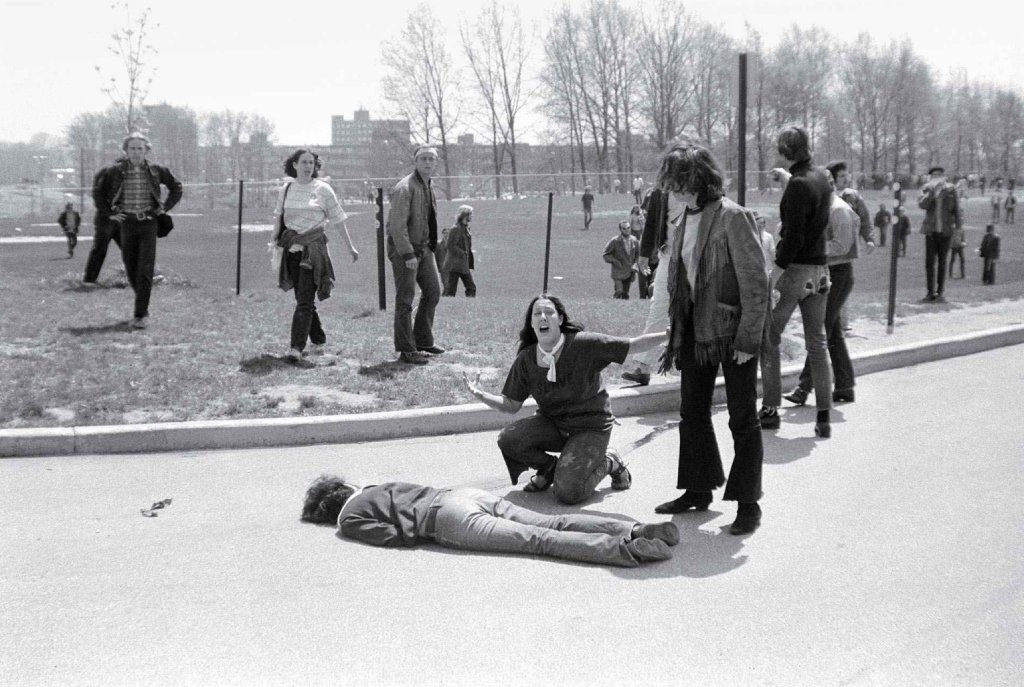
Photo by John Paul Filo
As a nation, America is growing accustomed to mass shootings on campuses. In just the first half of this year, there were 22 shootings on school campuses.
But, Kent State University was different, because it was the first. The shooting only lasted 13 seconds, and only killed 4 people (a low number considering recent mass shootings where dozens were murdered in just one day).
John Paul Filo, a student and part-time photojournalist, just so happened to be in the right place to snap this photo of 14-year-old Mary Ann Vecchio crying over a dead Jeffrey Miller.
The students were all on-campus protesting the U.S. government's decision to send troops to Cambodia; the mass, then, seemed especially heinous. Hatred in the face of peace and innocence.
The photo was printed on the front page of the New York Times and became the face of a generation against mass violence on any scale.
3. Black Power Salute (1968)
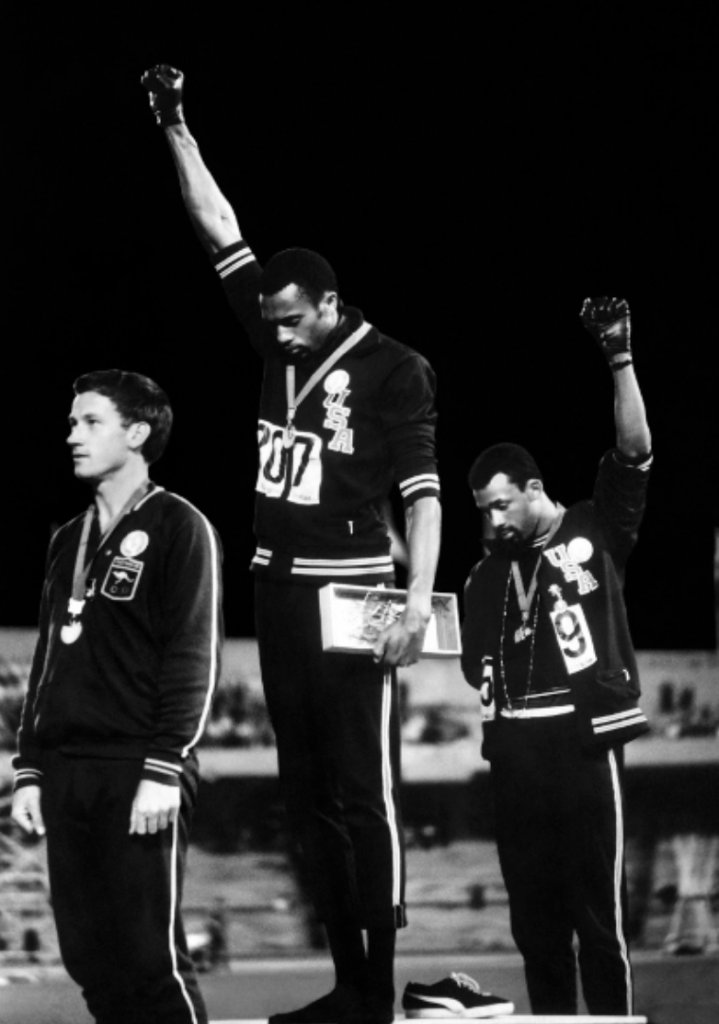
Photo by John Dominis
Tommie Smith and John Carlos knew when they took the stand to receive their Olympic medals in sprinting that it was their one moment of being in a spotlight. Also check when was photography invented.
Amidst jeers and boos, the two Olympians stood in silent protest of their country, America. Smith, the gold medalist, removed his shoes to represent the disproportional rate of poverty amongst the African American community in America.
The photo quickly shot to fame and became the most recognized protest photo of all time.
The photo also paved the way for other sports protests, like NFL players kneeling during the National Anthem, which still rage on today.
4. Cotton Mill Girl (1908)
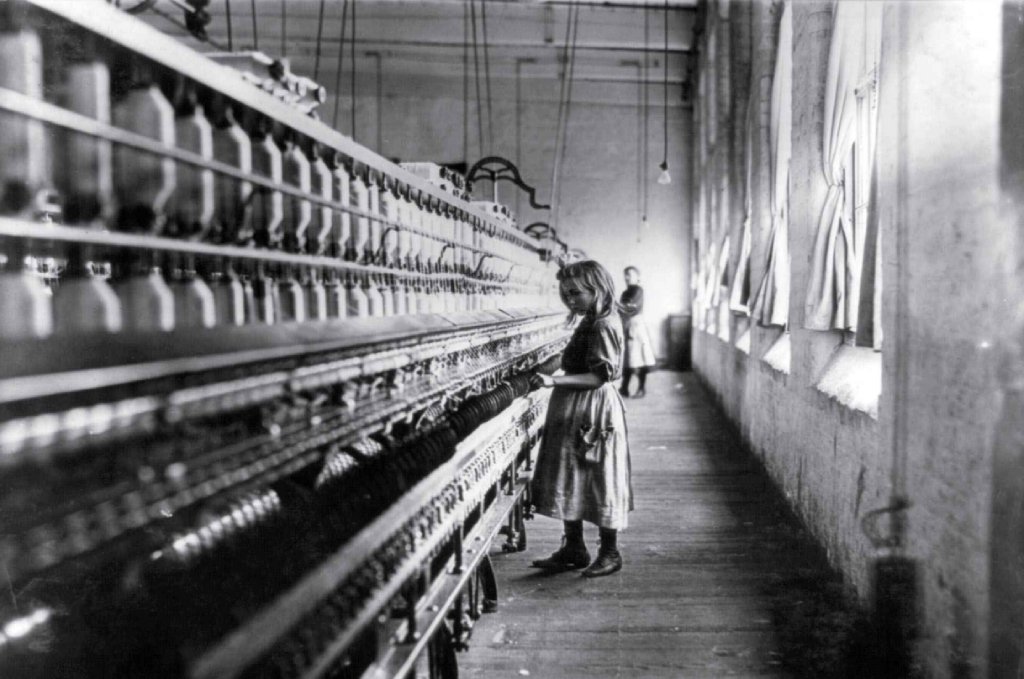
Photo by Lewis Hine
I touched on the importance of this photo when I was covering a series of pictures that helped to end child labor in the U.S.
This photo, taken by Lewis Hine as part of his work for the National Child Labor Committee, is of a young girl, not taller than 48 inches, working a cotton-spinning machine alongside other young girls of a similar age.
Hine had to lie frequently in order to gain access to factories, mills and mines where children were being exploited, so he made sure to never retouch any of his photos as part of his photographic integrity.
He is credited with bringing the issue to public light, and in a very real way cutting child labor in half from 1910-1920.
5. Fetus, 18 Weeks (1965)
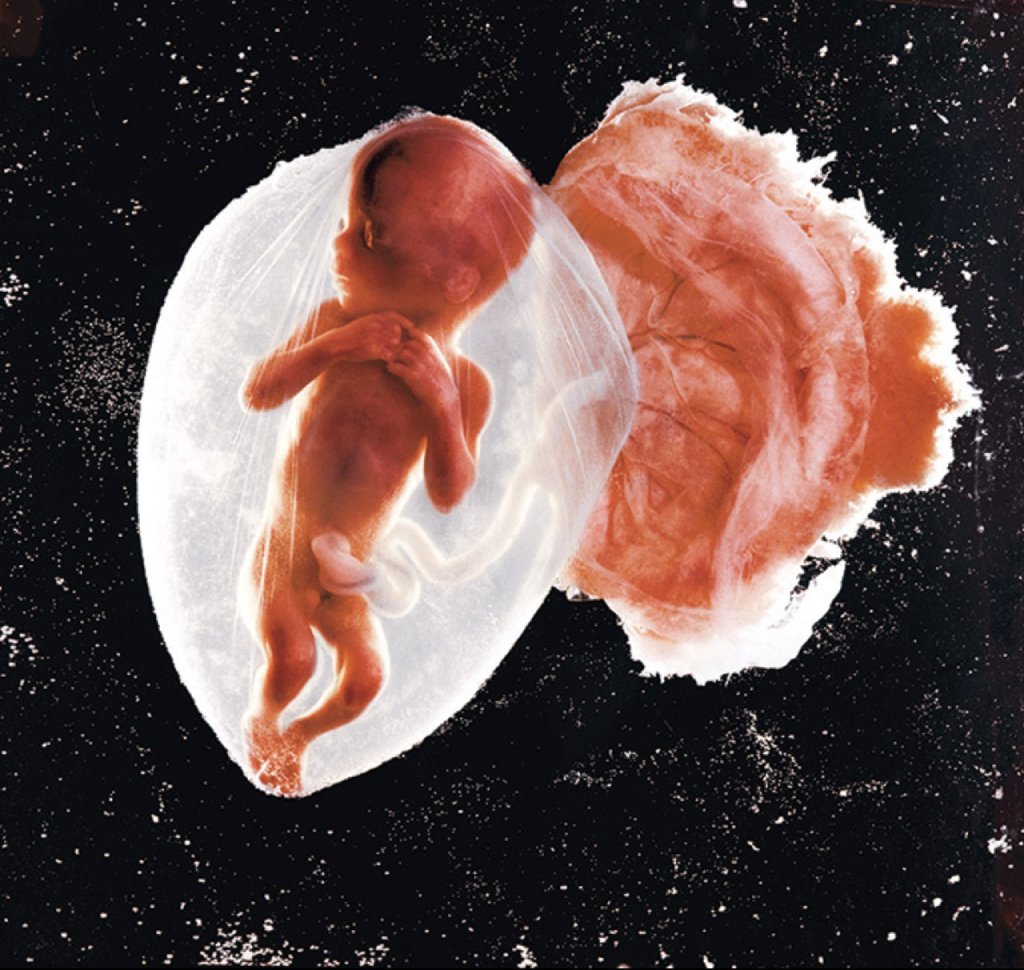
Photo by Lennart Nilsson
Lennart Nilsson, the photographer behind the iconic image of an 18-week-old fetus that sold out a LIFE magazine issue within days, has never taken a public stance on abortion.
Yet, his photo has been used as the face for the anti-abortion campaign in America for decades.
Only one of the photos of a fetus was taken while the fetus was still inside the mother, the rest were made to look as if the fetuses were floating in the womb.
The photos accompanied articles about the "drama of life before birth," and were the first photos to showcase what a developing human fetus looked like.
6. The Hand of Mrs. Wilhelm ROntgen (1895)
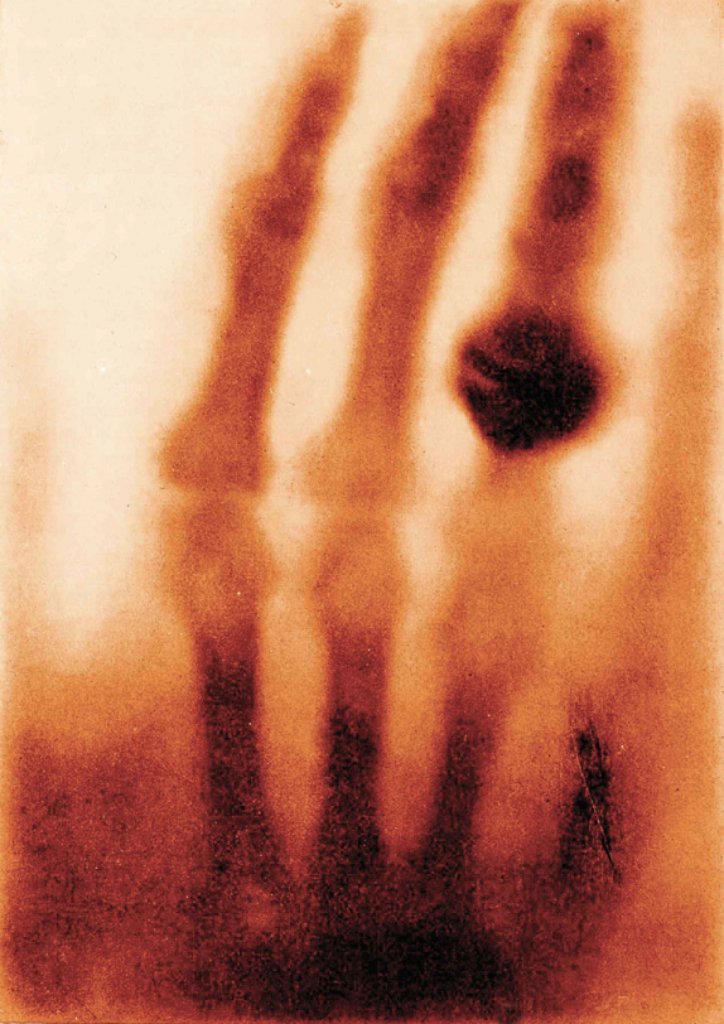
Photo by Wilhelm Rontgen
"I have seen my death."
This was Mrs. Rontgen's response to viewing the bones in her hand in the first-ever medical x-ray.
The photograph led to Wilhelm Rontgen receiving the first Nobel Prize in physics in 1901. Like the true gentleman he was, Rontgen then donated his entire prize monies to his university and refused to file a patent on the technology.
This refusal allowed doctors all over the world to begin immediately using the technology for free.
This photo led to many history-changing events. It saved President Ronald Reagan after his assassination attempt, it created radiation oncology, and it paved the way for CT scans, which are credited with changing a doctor's mind about a diagnosis between 42-51% of the time.
7. Windblown Jackie (1971)
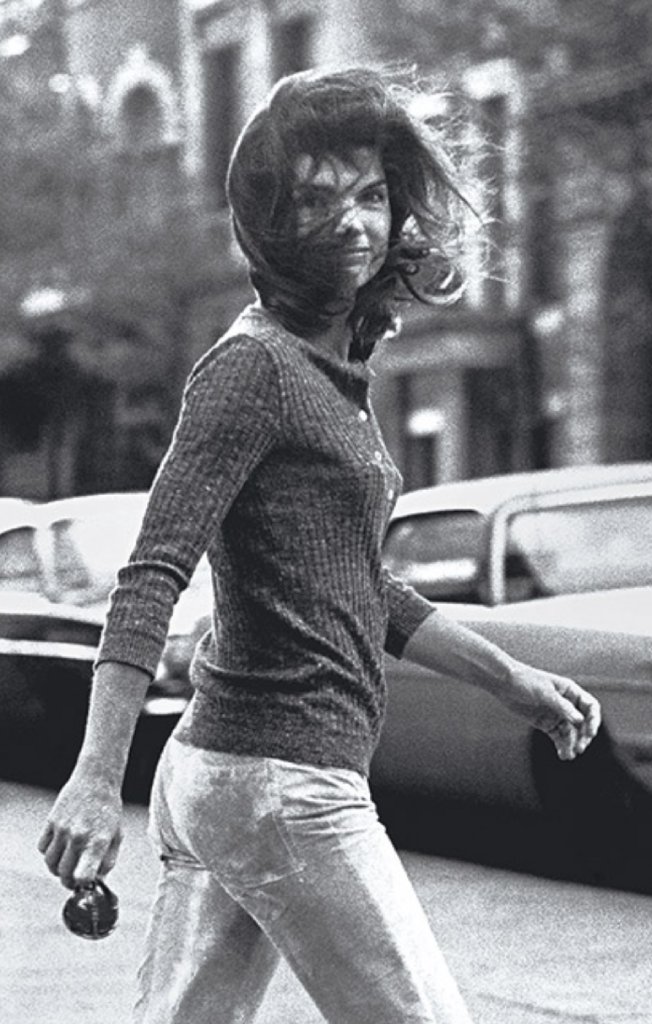
Photo by Ron Galella
You could not be a photographer without hearing of Ron Galella, and you could not be a celebrity in the 1970s without hearing of him either.
Hated by those he stalked to photograph, but loved by the public, Ron Galella is considered by most to be the first paparazzi.
Just under a decade after John F. Kennedy was assassinated, Galella snapped this photo from a cab in New York City. He knew Jackie Kennedy was in the area, followed her and asked the cab driver to honk at her just before he snapped the photo.
Galella, who was taken to court several times by Jackie Kennedy and eventually barred from taking photos of her or her family, credits her smile to the fact that she did not realize it was him in the cab. You can check the post about evolution of photography here.
Michael Gross, a writer and actor, said this photo "created a genre," and it also paved the way for celebrity photographers today.
8. Fire Escape Collapse (1975)

Photo by Stanley Forman
This photo is one of the most harrowing pictures ever taken, and it also had a lasting change on America and photography.
The photo, which was taken by Stanley Forman, was meant to be a normal one of a house fire rescue. But, a 19-year-old Diana Bryant and a 2-year-old Tiare Jones were waiting for the firemen to reach them on their 5th story fire escape when it collapsed.
Forman began shooting the fall and only stopped to turn before the duo hit the ground. He knew what was about to happen.
Diana Bryant died, but she cushioned the fall for Tiare Jones who survived.
The photos pushed different municipalities around the U.S. to create stricter fire-escape safety codes, undoubtedly saving lives.
The photo also pushed photographers to continue having hard conversations about what photos deserve to be published to tell a story and what photos are too personal and harrowing to show the public.
9. Winston Churchill (1941)
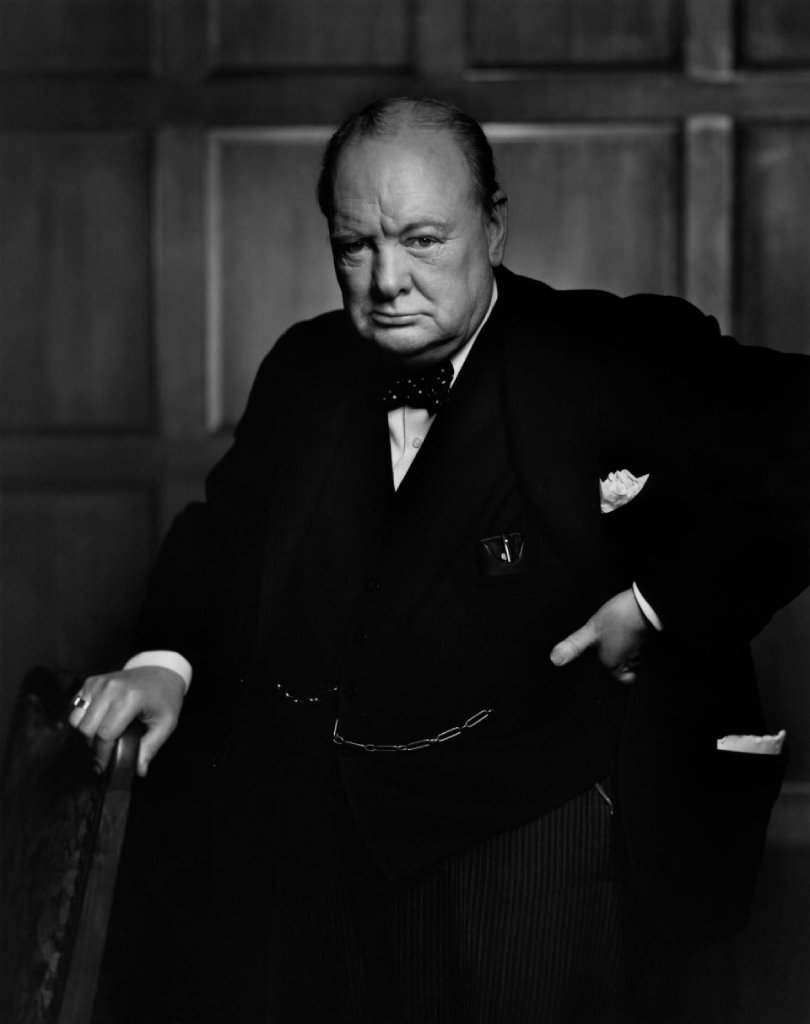
Photo by Yousuf Karsh
This photo of Winston Churchill scowling was because of the photographer's unwillingness to be pushed around.
Churchill had just arrived in Ottawa to thank Canada's government for their assistance in the war and had no idea a photographer had been commissioned to take his photo. He was in the middle of smoking a cigar and refused to stop for the photographer, Yousuf Karsh.
Karsh then walked up to Churchill, removed the cigar from his mouth, and permanently cemented the scowling face of Winston Churchill in the public's mind.
This photo paved the way for more daring political portraits, like this one of President Barack Obama.
10. Blind Beggar (1916)
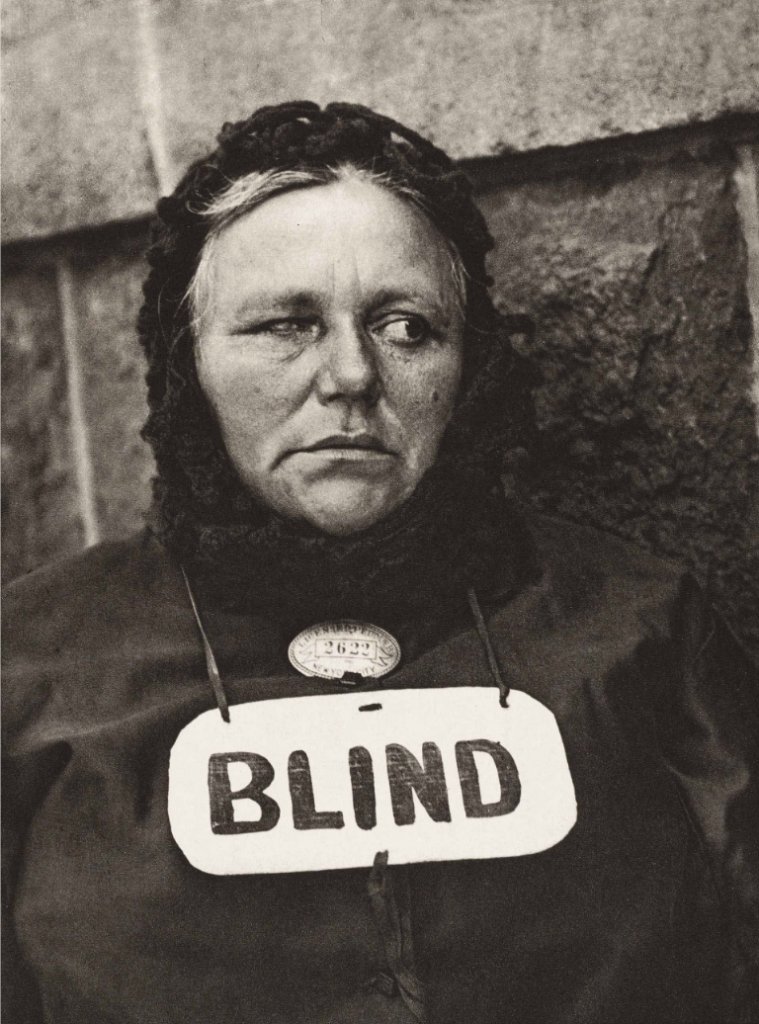
Photo by Paul Strand
This photo, of a blind newspaper salesman in New York City's Lower East Side, captured a surge in immigration and poverty and is widely accredited as the beginning of street photography.
If you were to travel back in time to the early 1900s, all portraits were taken in a very serious fashion. People dressed up for the photos, were instructed exactly how to pose, and generally took it too seriously.
This daring portrait by Strand allowed photographers the freedom to take candid photos, without the consent of their subjects, and to use those photos for social justice.
This post about the topic "10 Times a Photo Changed History" was first published on our website here https://www.photographytalk.com/10-photos-that-changed-history